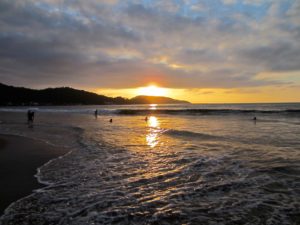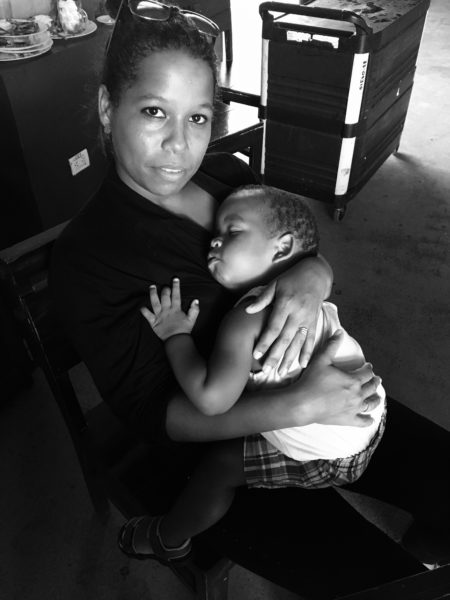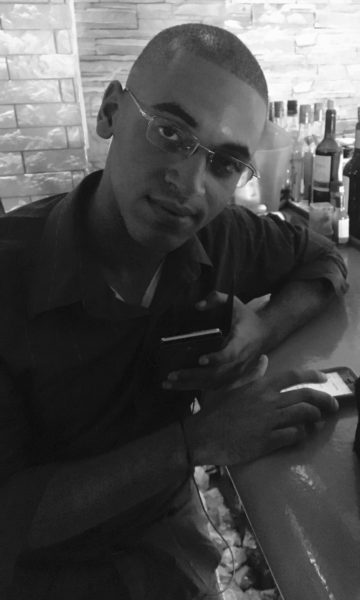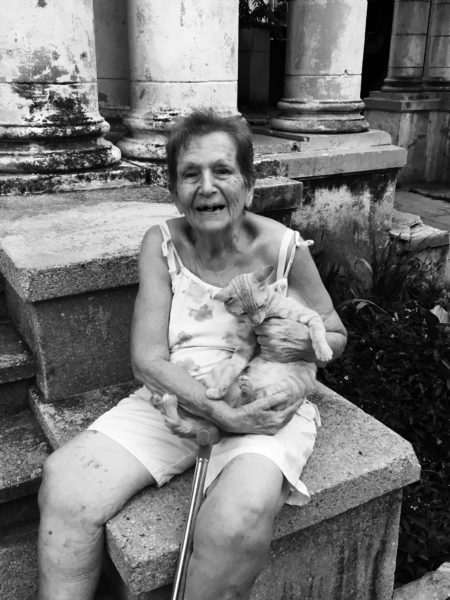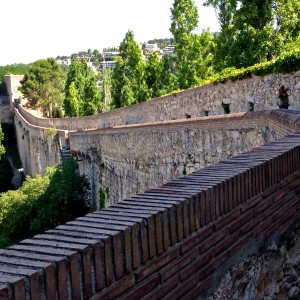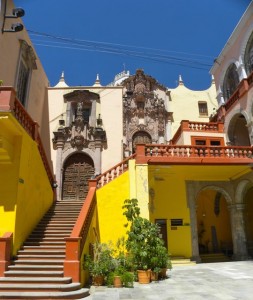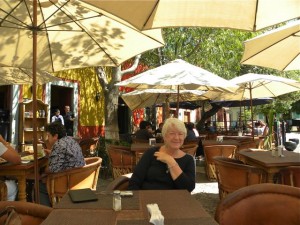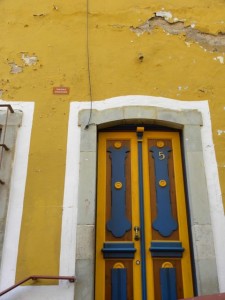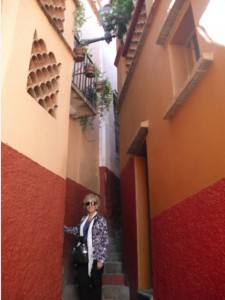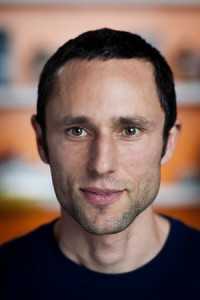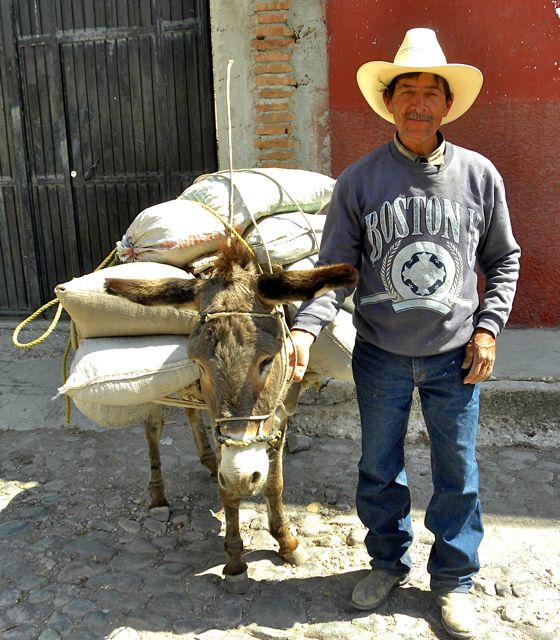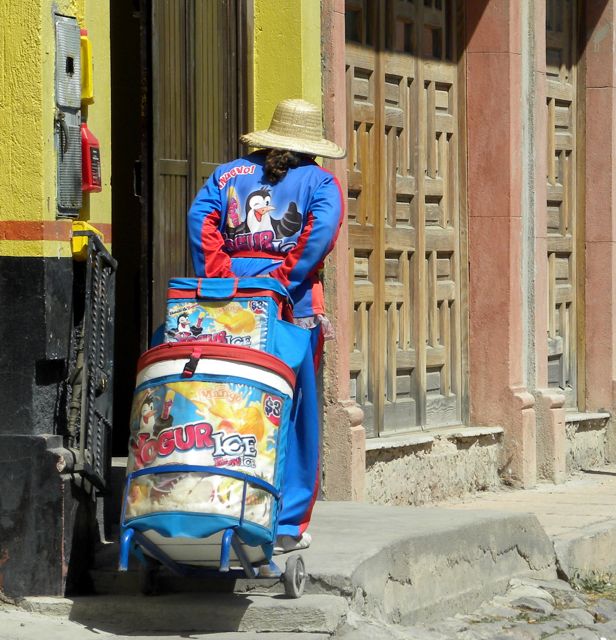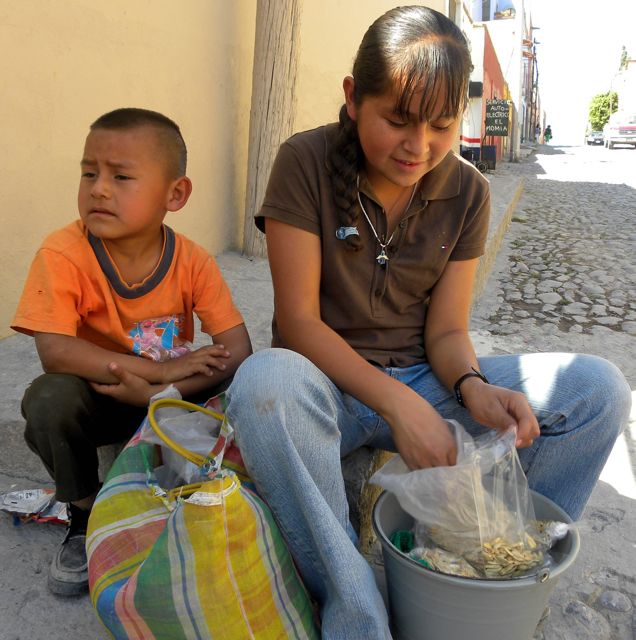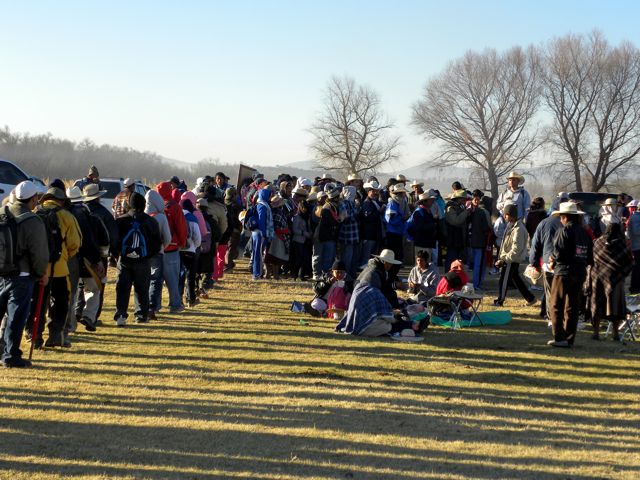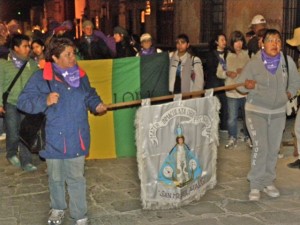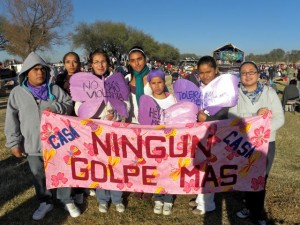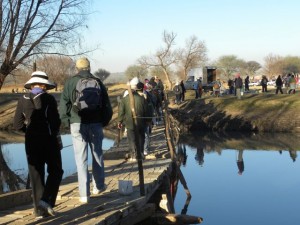The world awoke to a surprising reality on Nov. 9, 2016, that a sleazy businessman – who has said and done the most outrageous, vulgar and hateful things – was elected the 45th President of the United States.
I wandered in a daze all day, under chilly gray skies, unable to focus. Everyone I passed seemed grim, as if a veil of sadness covered the usually sunny, colorful and friendly city. I felt I had entered a book I’d just published for a Young Adult author in Cuba about a cloudy city under the curse of a council of evil witches. I didn’t want to think what this might mean, but of course I knew – just as when I watched the Twin Towers fall – that today was a day that the universe changed.
Facebook friends from the U.S., Canada, England, Netherlands, Spain, Cuba and Mexico expressed extreme sorrow, anger, frustration, bewilderment, and reported even physical reactions like crying and vomiting. And then there were the voices for calm, hope, renewed commitment to values of equality, justice and freedom; and calls to actions of kindness and reconciliation.
What are the challenges?
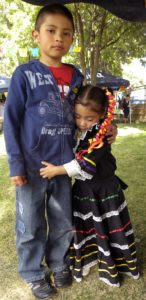 Besides the obvious of getting over our immediate reactions of shock, projections of the worst-case scenarios and commiserations of how badly we feel, we need to look out for one another. There are a lot of crazy and angry people who may feel they’ve been given carte blanche to vent. I don’t mean looking out for just our families and small circle of friends, but anyone who might be the victim of hateful or nasty words or deeds.
Besides the obvious of getting over our immediate reactions of shock, projections of the worst-case scenarios and commiserations of how badly we feel, we need to look out for one another. There are a lot of crazy and angry people who may feel they’ve been given carte blanche to vent. I don’t mean looking out for just our families and small circle of friends, but anyone who might be the victim of hateful or nasty words or deeds.
This same day, a petite blond woman friend was walking down the street, in our seemingly peaceful village of San Miguel de Allende, and a young Mexican dude screamed at her, “Regresa a su país!” (“Go home!”). She is home, a Mexican born and raised in San Miguel.
Anger is powerful, releasing all sorts of chemicals to the brain and body, like adrenaline and nonepinephrine, the same that are released when we feel threatened or unsafe; i.e., in fear. “… Our brains are wired in such a way as to influence us to act before we can properly consider the consequences of our actions. This is not an excuse for behaving badly – people can and do control their aggressive impulses and you can too with some practice. Instead, it means that learning to manage anger properly is a skill that has to be learned, instead of something we are born knowing how to do instinctually.” (From the “Physiology of Anger“)
We need to overcome our fears, 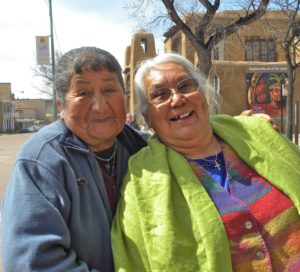 rewire our thoughts and feelings by imagining and actively creating best-case scenarios. This stimulates all sorts of positive neurochemicals that let our bodies know it is safe to be expansive, to be creative, to love and be loved.
rewire our thoughts and feelings by imagining and actively creating best-case scenarios. This stimulates all sorts of positive neurochemicals that let our bodies know it is safe to be expansive, to be creative, to love and be loved.
What are the opportunities?
For the “Tribe of the Kind and Conscious” – which you are by virtue of reading this – I think it means that we’re going to have to step up to the plate. It’s our turn at bat. How conscious are we really? How aware of the matrix? How willing to put aside our egos, our differences and our comfort zones?
All the years of practicing meditating, yoga, opening our minds and hearts, becoming vulnerable to feelings and aware of the difficulties of being human… now we get to put it to use in the world. Many of us are the elders, the ones who’ve lived through many battles – starting with our own demons. We’ve developed good communication skills, awareness and deep concern for the planet’s health and our own. We know a lot. And, most importantly, we know how to be kind, the meaning of compassion and the power of gratitude and love.
Everything is in crisis! So, how do you and I respond in a crisis? First-responders – those amazing EMTs, firemen, ER docs and nurses – are trained to know what to do, but their work usually involves a singular event, while the complexity of issues and real problems facing all life on earth is extraordinary. Never has the human race been at this point, and you and I are here. What will we make of this? What will we do now?
We could follow Garrison Keilor’s wry advice in today’s Washington Post OpEd piece: ” … let the Republicans build the wall and carry on the trade war with China and deport the undocumented and deal with opioids, and we Democrats can go for a long, brisk walk and smell the roses.” Or, we can exercise our passions, our wisdom and our hearts to collaborate, cooperate, believe in the power of kindness, compassion and love, and support one another in creating, as author Charles Eisenstein calls it, “The more beautiful world our hearts can imagine.” Why not? What better do we have to do?
If you saw yourself as a most-powerful being, what beautiful world would your heart imagine? Please leave a comment below.
